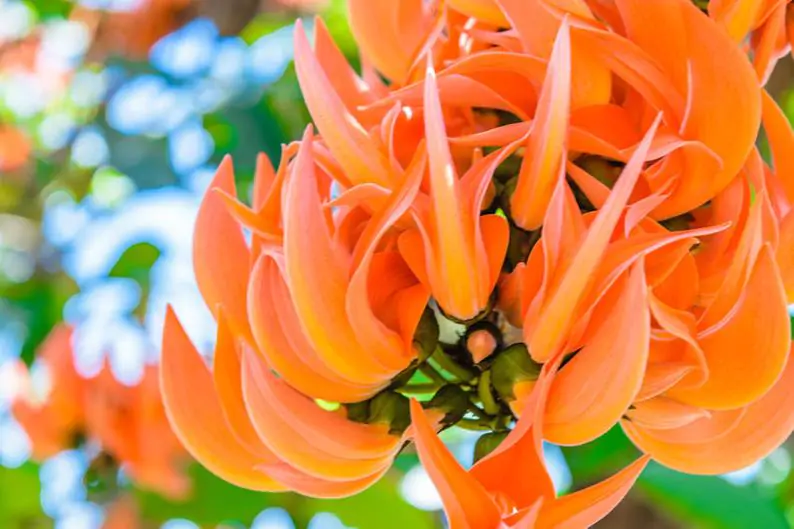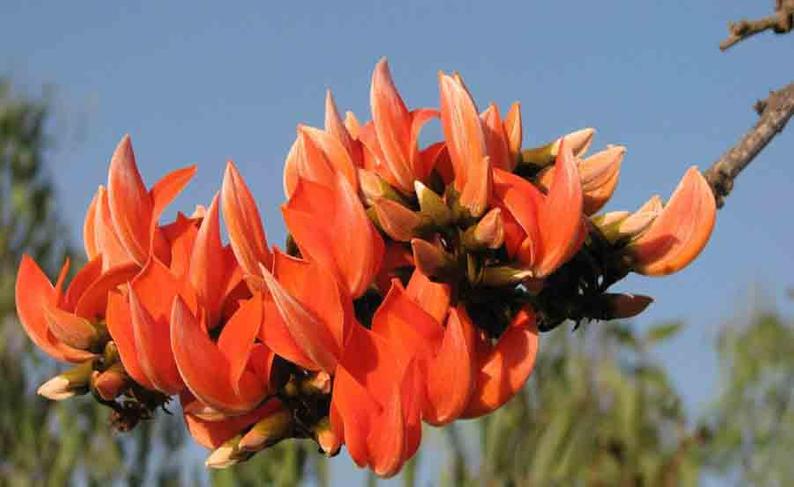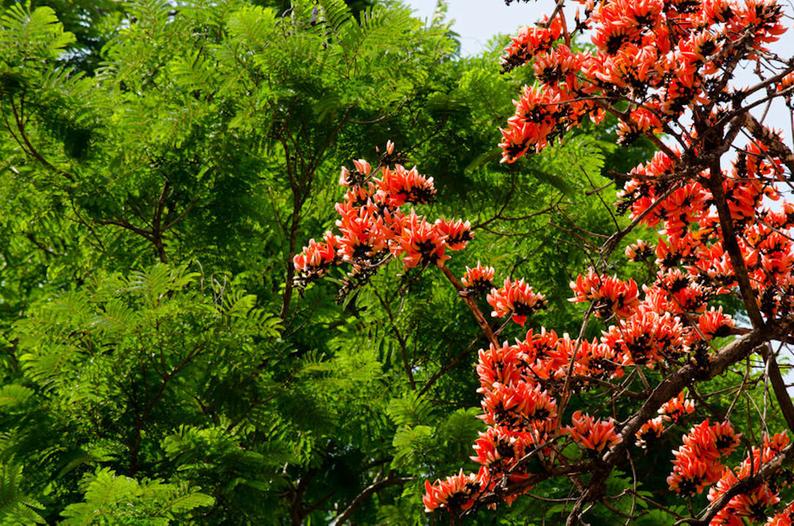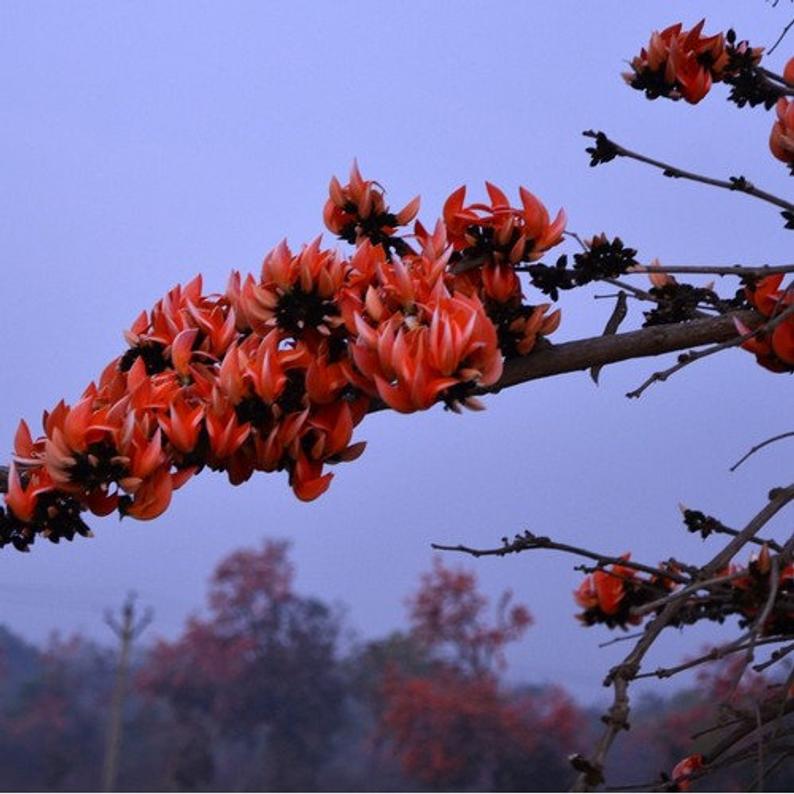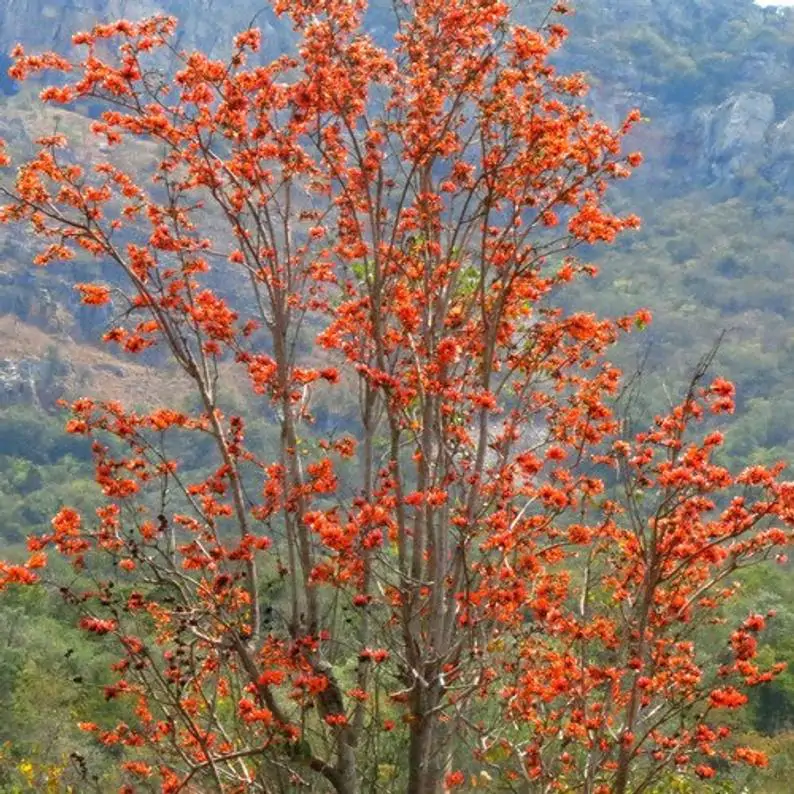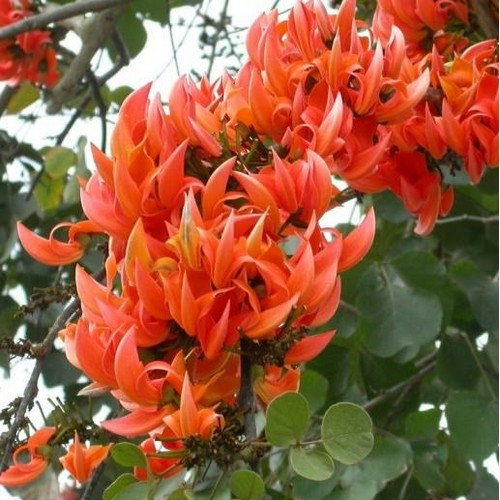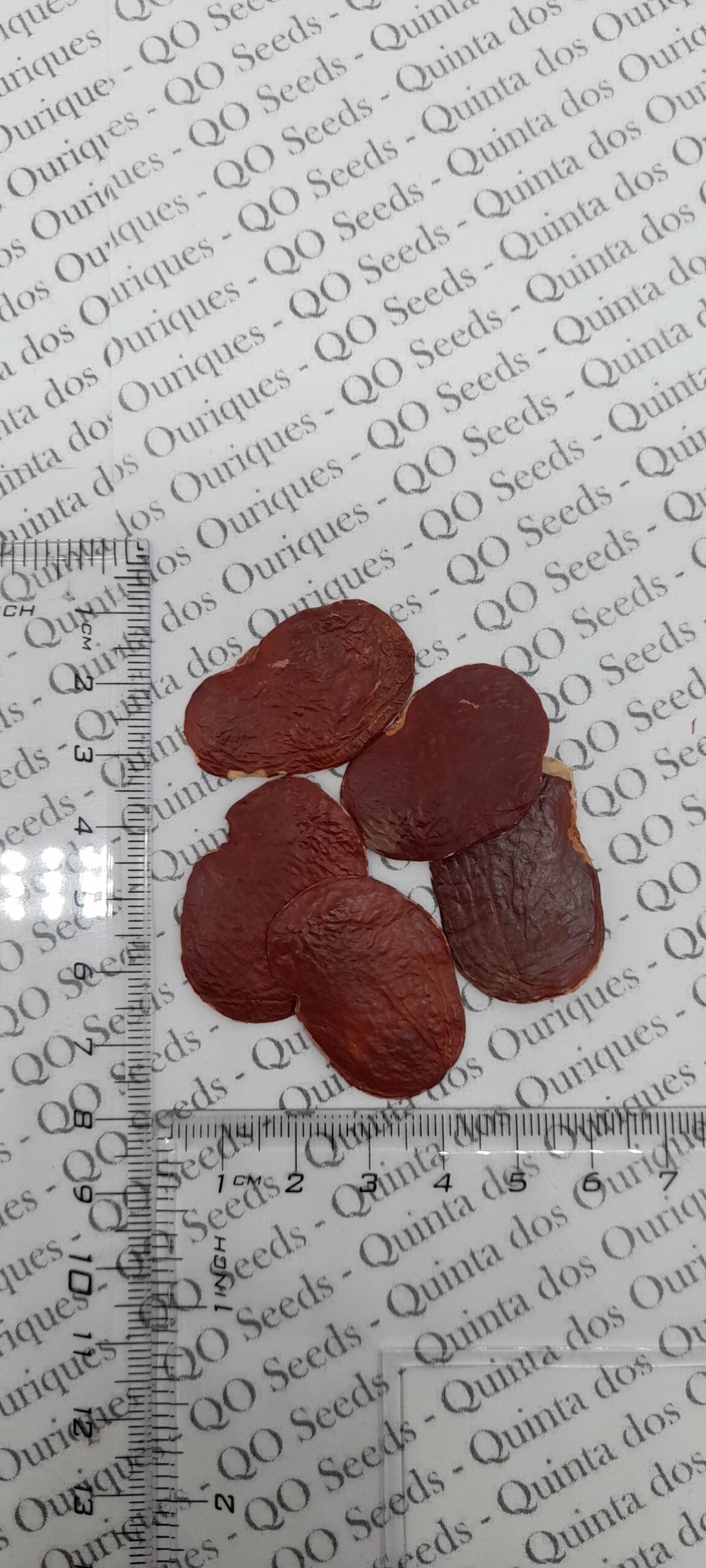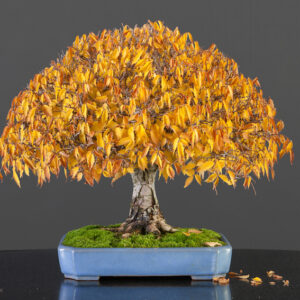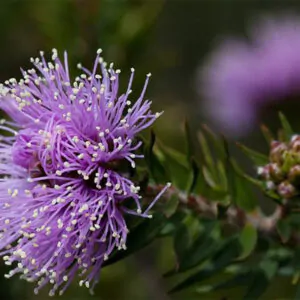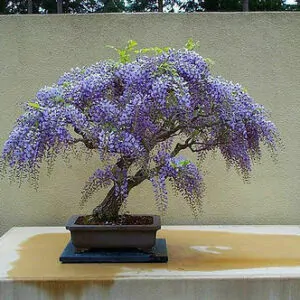Description
Origin: india, bangladesh, nepal, pakistan, siri lanka, thailand, vietnam, cambodia, malaysia and indonesia
It produces a profusion of reddish-orange flowers in spikes with an average of 15 cm in length.
The tree gum is known as bengal kino and is considered valuable by the pharmaceutical industry and for leather workers due to its tannin.
The species is capable of growing in a wide variety of soil, saline, alkaline, poorly drained swampy soils and in barren lands, except in arid regions.
A little of history…
In a western cane, it is associated with the spring season, especially through the poems and songs of the nobel tagore rabindranath prize that compared its orange flower to the flame of fire. In santiniketan, where tagore lived, this flower became an indispensable part of the celebration of spring.
In telengana, region of andhra pradesh, these flowers are especially used in the worship of lord shiva, on the occasion of shivratri.
Its flowers are also used to prepare a traditional religious festival of colors (holi) that is celebrated in India, Nepal and Pakistan.
The tree is said to be a form of agnidev, god of fire.
It is a sacred tree, referred to as a treasure of the gods. Sacred utensils are made of its wood, flowers are offered instead of blood in ritual sacrifices to the goddess kali
A multitude of uses in medicinal ayuvédica are attributed to it …
A beautiful example and full of history to add to our collection.
